Baden Baden Rhododendron
$99.50 Original price was: $99.50.$69.65Current price is: $69.65.
- Free Shipping over $25
- Fast & reliable delivery options
- Enjoy top quality items for less
- Multiple safe payment methods

Some garden varieties of plants are the product of luck. Others are the product of hard work, often over decades. The Baden Baden Rhododendron is one of the ‘hard work’ ones, and the result is a wonderful, cold-resistant plant that is sure to win your heart, and make rhododendron growing in zone 5 not just possible, but a pleasure. It makes lots of sense to seek out varieties developed in cold climates, to match yours, if you want a hardy rhododendron. But with the Baden Baden Rhododendron, you also get beautiful deep red blooms on a very unusual plant, with a low, almost creeping habit that makes it ideal for garden use. Not only is it an obvious choice for the front of a bed, perhaps creeping over a pathway, but for filling spots in shaded rock gardens, and on banks and slopes, it’s a magnificent choice; a beautiful and unique plant, and exactly what the northern gardener needs – pretty cool further south too, so don’t feel excluded!
Growing the Baden Baden Rhododendron
Size and Appearance
The Baden Baden Rhododendron is a low-growing, semi-creeping evergreen shrub. In 10 years I will stand no more than 2 feet tall, but will probably be over 3 feet wide. Older plants become wider, but only add a little more to their height. So this is a very unusual looking plant for a rhododendron, looking more like, perhaps, some very handsome creeping evergreen. The smooth, very glossy leaves are broad ovals tapering to a point, a handsome dark green, and slightly twisted, giving them lots of character. They are up to 3½ inches long. With the low, spreading habit, in time this plant becomes a dense, low mat of green, looking as great outside the flowering season as it does inside it.
The flowers are medium-sized, open funnels of fused petals, up to 2½ inches wide. They have an unusual waxy appearance, and are a wonderful scarlet red in color. They are carried in loose heads of up to 6 blossoms, at the end of each branch. Flowering takes place in the middle of the rhododendron season, which in most areas is early to mid-June.
Using the Baden Baden Rhododendron in Your Garden
Make the most of the unique growing form of the Baden Baden Rhododendron by planting it where it can spread across the contours of the ground or of rocks without needing any trimming. To try and clip it into a compact form would be a mistake. Let it have its way and spread as it wishes. So plant it at the edge of a pathway, so it can grow partly over the path and partly over the bed. Grow in a pocket of a rock garden, wit room to spread. Plant it on a slope, or in a bed among other low, creeping plants.
Hardiness
Bred through many generations to be hardy, the Baden Baden Rhododendron is an ideal choice for zone 5 gardeners, where doing well with these plants can be a challenge. Only at the coldest edges of zone 5, where night temperatures can fall below minus 15 degrees, might it begin to feel ‘cold challenged’. Using an anti-desiccant spray, watering deeply in late fall, and protecting from early-morning winter sunshine, are all ways to help it survive winter unharmed. Indeed, if you live in zone 4, this plant is an ideal way to try out rhododendrons that have a good chance of survival, although we can’t list it as actually reliable hardy there.
Of course it also grows very happily in warmer zones, where it will thrive with no troubles. It does prefer locations with cooler, damp summers, like other plants of this group.
Sun Exposure and Soil Conditions
Some morning sun, followed by shade, is best for the Baden Baden Rhododendron. The cooler the zone the more sun it can handle, certainly in spring and fall, but summer shade in the afternoons is probably essential. It also grows well in the light shade beneath deciduous trees, but not so well in the deep shade beneath evergreens. in zone 6.
It needs an acidic soil, ideally with a pH value around 5.5, but up to 6.5 is usually tolerated. Prepare the area well by mixing plenty of lime-free compost, rotted leaves, pine needles or other similar materials into the soil. The soil should be well-drained, rich, but also moist most of the time. This is not a drought tolerant or high-heat tolerant plant. Regular mulching will help keep the soil moist and valuable for the plant.
Maintenance and Pruning
One great thing about rhododendrons is how easy, once you have soil and light sorted, to grow. Deer and rabbits usually leave them alone and if growing conditions are good, pests or diseases are pretty much never encountered.
Especially when young, dead-heading is a valuable few moments spent. Once the flowers have fallen, reach in and snap or twist off the flower spike, but never remove any leaves. You will probably see the new stems appearing at the base of the flower truss. Doing this diverts the plant’s energy into new growth and flowers for the next year, instead of wasting it on making seeds. Don’t prune or trim this plant in any way at all – let it grow naturally.
History and Origin of the Baden Baden Rhododendron
Oldenburg, an area of northern Germany just 40 miles from the North Sea, seems an unlikely place for growing rhododendrons, but in fact, during the early decades of the 20th century, it had several large nurseries producing them in quantities only rivaled by the famous growers of Boskoop, in the Netherlands. The varieties had to be hardy, because the area was subject to snow-free cold snaps reaching minus 20 degrees, putting much of it well inside zone 4.
A prominent local expert, grower and breeder was Dietrich Hobbie. Shortly before WWII he traveled to England, already famous for its rhododendron gardens, and he became inspired to become a much better breeder. He focused on finding plants that were truly hardy. One he already had was Rhododendron forrestii ssp. forrestii ‘Repens’. This interesting creeping plant was discovered in 1905 by the famous plant English collector George Forrest in eastern Tibet and western China, at high altitudes. He sent it to England in 1914, and it entered the collections of specialists – like Detrich Hobbie. He made many crosses between his ‘Repens’ and other existing reasonably hardy varieties of rhododendrons, including one with a variety (now probably extinct) called ‘Essex Scarlet’. Among the seedlings from that cross was one with fabulous deep red flowers, that was also very cold hardy. He named it ‘Baden Baden’, after the spa resort in Germany’s southern Black Forest area.
Buying the Baden Baden Rhododendron at the Tree Center
Obviously, ‘bred for hardiness’ means a plant that really is hardy, not just one hyped as being ‘hardy’. So opt for the fabulous and beautiful Baden Baden Rhododendron, especially those of you in colder zones, and enjoy a superb red evergreen in your garden, no matter how cold. Winner of the coveted Award of Garden Merit in 2012 from England’s Royal Horticultural Society – what better commendation can there be? Since good reds are relatively rare among these plants, it’s obviously very popular with more southern gardeners too. So order now – these plants won’t be around for long.
Be the first to review “Baden Baden Rhododendron” Cancel reply
Related products
Shrubs and Hedges
Boxwood Shrubs
Drift® Roses
Rhododendron
Hydrangeas
Butterfly Bush
Boxwood Shrubs
Other Shrubs & Hedges

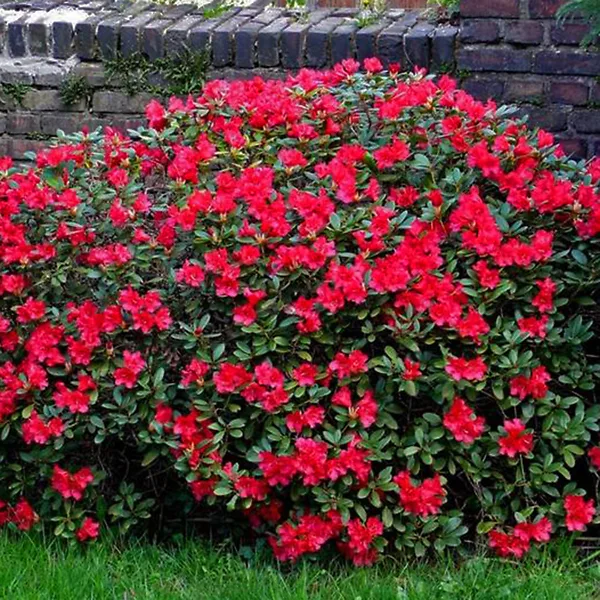
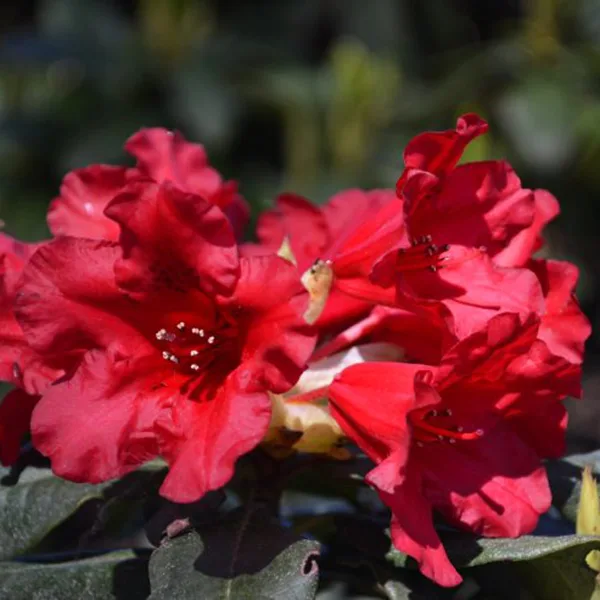
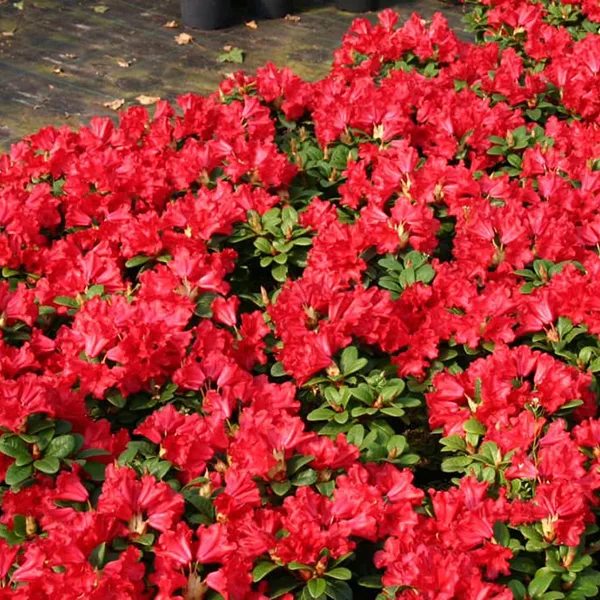
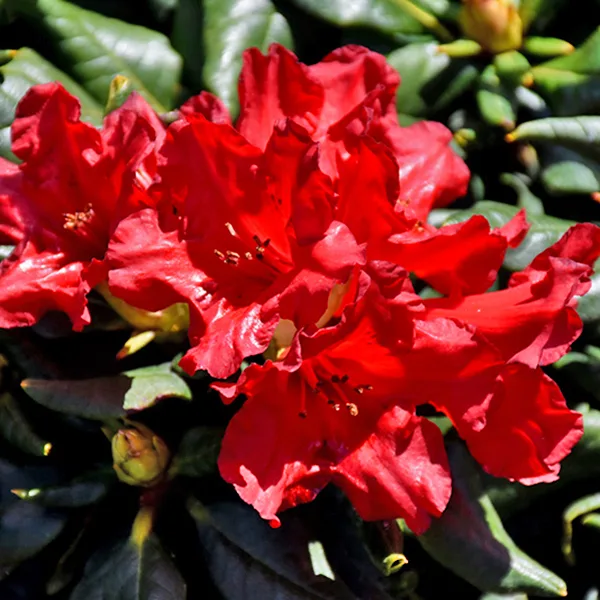




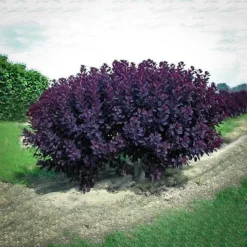
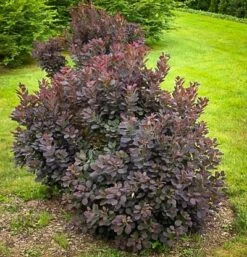


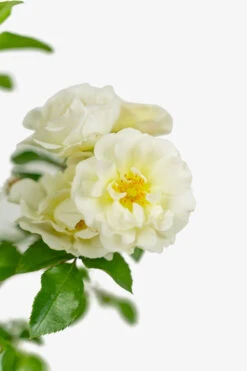
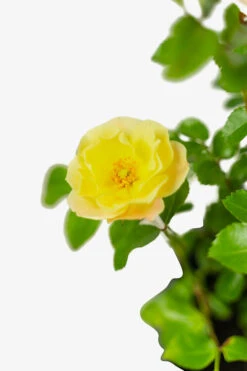
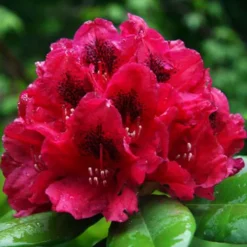







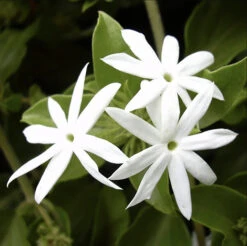
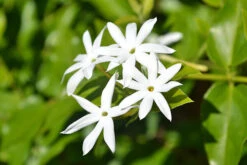
Reviews
There are no reviews yet.